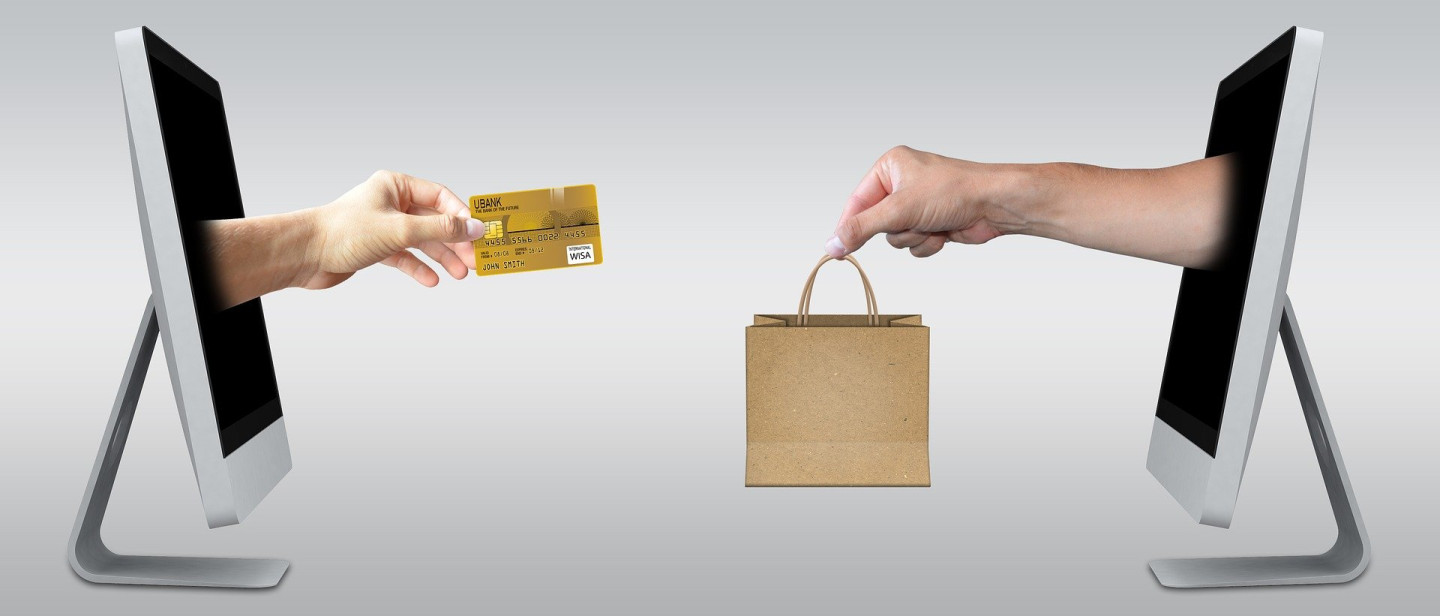The word “sales” might bring up image of someone is taking advantage of you and trying to sell something to you that you don’t want. We often compare salespeople to used car salespeople and may dread going into certain situations where we know we must make purchases. We mentally prepare ourselves for that moment. We think up any number of possible outcomes before we go in. We don’t want to go in feeling like that salesperson won and we somehow lost. True sales are helping you get what you want with all the information you need to decide, no snake oil sales pitches, paying for it in a hassle-free transaction, and the salesperson getting what they want. That is an ethical sales scenario. We are all salespeople in people in life no matter what we do in life. It’s an invaluable skill to have whether we utilize it consciously or not. We are constantly selling ourselves to everyone we encounter by way of our personalities and interactions with each other.
Being in sales is a common career choice and field description for many people across the globe. Another common career we often hear in conversations is someone say they’re in purchasing. Both sides go hand in hand together when it comes to doing business. So, if being in sales is such a common job title why is it also looked at so negatively and how can we change that perspective?
The goal of someone working in purchasing is to obtain the best possible quality item at the lowest possible cost to themselves or their company. The goal of a salesperson is to sell those products at the highest cost they can to maximize profit for themselves or their company. It’s a creative dance that gets woven together behind the scenes of most people in other fields. The end user simply gets or purchases the product and goes on to use it without giving much thought as to how that product came together.
The idea often lost on the average American is that of negotiating. The concept of what it is and how to do it may be there but the execution on how is lost. We have become conditioned to pay full retail at big box stores, shop around for better prices, look for coupons, anything that can give us the perception of saving money and it’s all just a lot of sales theater. The conditioning we receive from our parents when it comes to negotiating goes back to that idea of buying a car. We’re often taught that the sticker price of every car on every car lot is negotiable so never pay full price. The used or new car salesperson has been taught how to combat this tactic by constantly appearing to his manager for better deals on your behalf. It has the appearance of them going to bat for you because you really want this car, they’re your friend, and they want you to have this car despite their evil boss. Saturn motor cars changed that perception while they were in business. They built a car and their whole marketing platform was no hassle car buying at sticker price which they assured you was the lowest price they could already give on their vehicles. Saturn salespeople wouldn’t negotiate. When you looked at the price of a Saturn model car compared to other cars you saw a good deal for most budgets. It was highly successful. Why?
Saturn nailed sales by changing the public perspective on car buying. It went from a hassle to an easy experience. So why not alter your client perception of what you do and instill that some confidence in buying at the price you’re asking? Explain to prospective clients who want to know why they should use your services that “I'm not a salesperson. I'm a "commerce experience." When you purchase from me you get the peace of mind that I've got your best interest in mind with my pricing, custom estimates, and that I stand behind what I do. I'm not located in India and I'm a small business. I make all my clients feel welcome and included.
Can we still negotiate? Absolutely! Don’t be afraid of a client who is asking you to negotiate and don’t be offended by it. If it’s a good client or a good order and the margin is there, maybe offer them a one-time incentive price. Set the boundary early on that while you may negotiate you aren’t going to make this an expectation or common practice. It’s client appreciation and retention and it’s up to you. Don’t let yourself get bullied by a client or perspective client either. If they’re unhappy with your pricing and attempt to argue you into changing it don’t be afraid to send them down the road to shop somewhere else. Even a good client can turn into a bad client and if they cross that line, they’re no longer to us a business. How so? They can’t accept our “no” for an answer and our pricing and are insistent we can change it. We have our own bottom lines to worry about as well. You might think to yourself “I can lose a few cents on this order to retain such a good client” but at the end of the day what you’ve really done is let a bad client take control of your company and set a bad precedent that they can win over you in future interactions.
We can be excellent salespeople if we change that perspective in a positive commerce experience. Stick to your pricing and policies. We don’t tell our clients how to operate their business anymore than they should ours. We’re here to help each other in a no hassle process that involves trust on both sides and the confidence we have in each other that we’re the best person for them. In being that positive commerce experience for someone we also must realize where our own boundaries and limits are in pleasing those prospective or existing clients.

